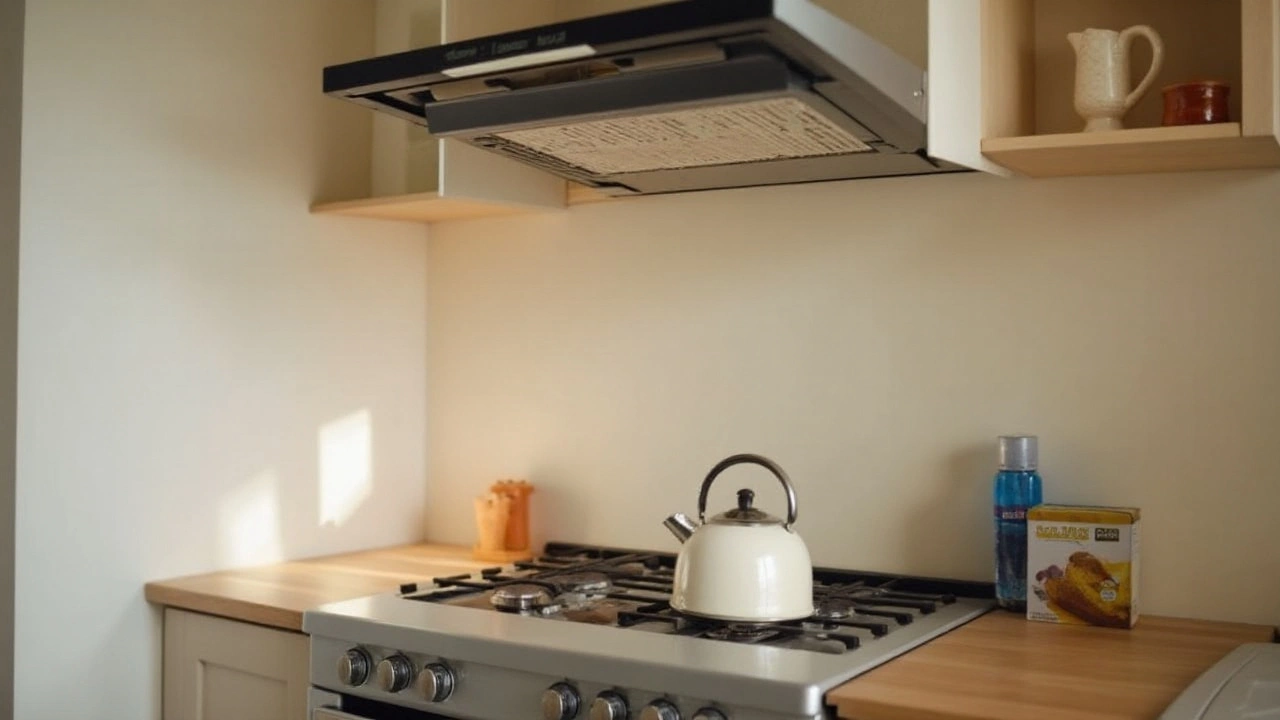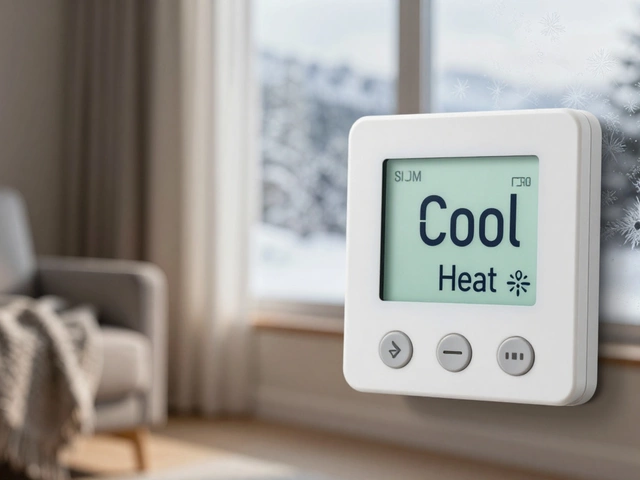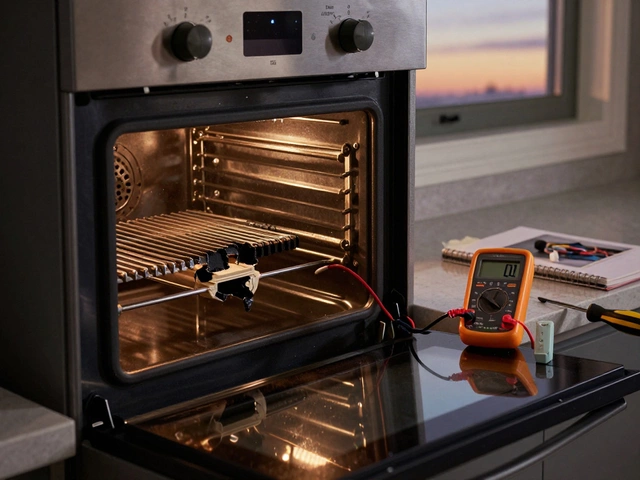Fan Troubleshooting – Diagnose, Fix, and Keep Your Home Quiet
When working with Fan troubleshooting, the process of identifying and fixing problems in residential fans such as extractor, bathroom, and kitchen fans. Also known as fan repair, it helps you avoid costly replacements and keeps indoor air moving. An extractor fan, a vented fan mounted above a cooking surface or bathroom to pull out steam, smoke, and odors relies on proper ventilation, the flow of fresh air into a space and stale air out of it. When the noise level, the amount of sound a fan produces, rises unexpectedly you know something’s off. Fan troubleshooting therefore includes checking airflow, listening for unusual sounds, and verifying wiring—three steps that together keep your home comfortable.
Key concepts in effective fan troubleshooting
First, understand that fan troubleshooting encompasses diagnosing noise, airflow loss, and power issues. If a fan hums louder than usual, the problem could be a loose blade, a failing motor bearing, or dust buildup on the rotor. This is a classic noise‑level issue; cleaning the fan and tightening screws often resolves it. Second, airflow measurement is a must. Fans are rated by CFM (cubic feet per minute); a drop in CFM signals a blocked duct, a broken blade, or an under‑powered motor. Checking CFM with a simple anemometer or even feeling the breeze can reveal the root cause. Third, power supply matters. Many fans use a standard 120 V line, but a tripped circuit breaker, a loose connection, or a faulty switch will stop the fan dead in its tracks. Verifying voltage with a multimeter before pulling a fan apart saves time and prevents electric shocks.
Another important link: extractor fan performance, directly influences kitchen ventilation quality and indoor air safety. A well‑functioning fan removes grease particles that would otherwise coat the kitchen ceiling, and it helps prevent mold growth in bathrooms. When you combine proper ventilation with regular maintenance—wiping the fan blades, cleaning the filter, and inspecting the duct—you create a cycle where each step supports the next. In other words, fan troubleshooting requires a holistic view: the fan, its ductwork, the electrical supply, and the surrounding room all interact.
Below you’ll find a curated collection of posts that dive deeper into each of these areas. From quick fixes for noisy bathroom fans to step‑by‑step guides on testing extractor fan CFM, the articles cover everything a homeowner might need to know. Whether you’re a DIY enthusiast or you prefer calling a local specialist in Warwick, these resources give you a solid foundation before you decide on the next move.
Wondering if your noisy or dead kitchen extractor fan can be saved? This article breaks down whether it’s worth fixing, which problems are easy to tackle, and when to call in a pro. Get tips straight from the toolbox to spot and solve common extractor fan issues. Discover what repairs you can do yourself—and what’s better left to an expert. Stay ahead by learning how simple checks might save your kitchen from steamy disasters and expensive replacements.
Extractor fans play a crucial role in maintaining good air quality by removing unwanted particles and odors. However, they can occasionally stop working, leaving many homeowners puzzled. This article explores potential reasons behind extractor fan failures, offering practical tips for identifying and fixing common issues. Simple maintenance steps and effective troubleshooting techniques can help extend your fan's life and efficiency.
Extractor fans play a crucial role in maintaining good air quality in your home. Whether in the kitchen or bathroom, these fans help remove excess moisture and unwanted smells. When your extractor fan stops working, it can create a host of problems. This article provides a simple, step-by-step guide to diagnosing and repairing common issues with extractor fans.




